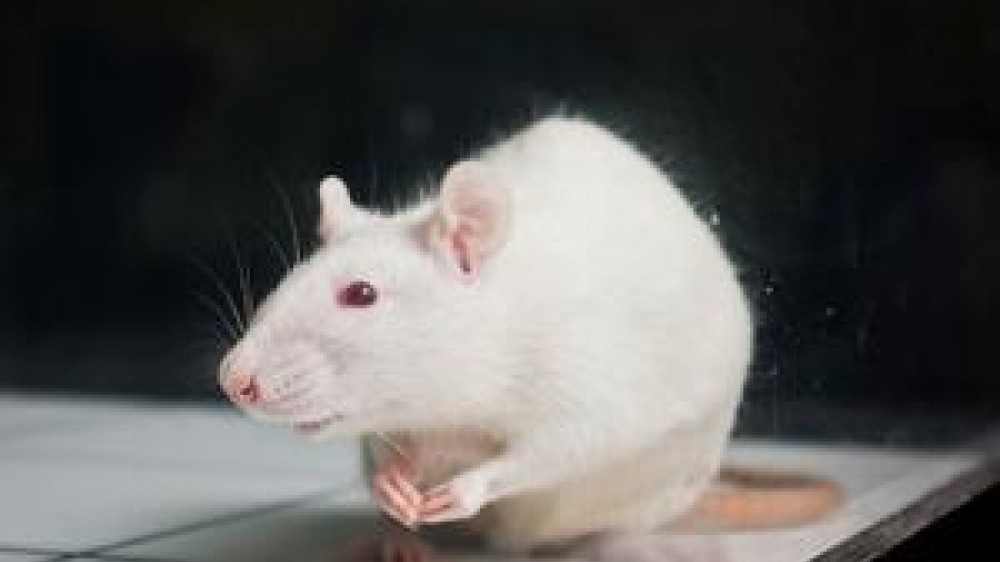Animal models for CNS safety pharmacology under the spotlight

The NC3Rs has been working with the pharmaceutical industry to assess the relevance of rodent central nervous system (CNS) safety pharmacology studies in predicting what happens in first-in-human phase I studies.
The findings published in Regulatory Toxicology and Pharmacology have important implications for reducing attrition in the drug development pipeline as well as animal use.
Attrition in drug development and withdrawals from the market caused by safety concerns are important barriers to more efficient production of effective new drugs. The potential of a novel compound to cause an adverse event (AE) in man is largely assessed in animal tests required by regulatory authorities before trials in humans. The high attrition rate of drugs because of safety issues suggests that the animal tests may not be entirely or sufficiently predictive of what happens in humans. To explore this further we have been collaborating with five pharmaceutical companies focusing on the utility and translation of standard in vivo CNS safety pharmacology studies.
Examination of potential safety concerns in the CNS is primarily carried out in a group of tests in rats or mice named the Functional Observational Battery [FOB] or Irwin test [IT]. These neurofunctional tests involve administration of a compound followed by observation of physical appearance and behaviour, including the open field test to measure activity levels and anxiety, tests of reflexes and reaction to simple stimuli, and measurement of body temperature, grip strength and motor coordination. Approximately 24 animals are used in the FOB or IT per compound, and the tests involve moving animals into novel environments which can cause stress.
The paper reports a comparison of the animal and first-in-human clinical data for 141 compounds. In the clinic the most common CNS-related AEs are nausea, fatigue/somnolence, dizziness and pain. The data set was used to examine whether these AEs are predicted by non-clinical studies. Two analyses were undertaken; the first asking whether an AE in the animals predicted an AE in humans (overt toxicity analysis), and the second whether an AE in the animal predicted the same type of AE in humans (plausible correlate analysis).
| Clinical AE | Nonclinical Plausible Correlates |
| Nausea | Decreased body weight gain or decreased food consumption. |
| Dizziness | Decreased horizontal locomotor activity, decreased rearing (automated) or decreased rearing (observer scored). |
| Somnolence/Fatigue | Decreased home cage arousal or decreased grip strength or decreased handling reactivity or increased hunched posture or decreased horizontal activity (automated) or decreased rearing (automated) or decreased rearing (observer scored). |
| Pain | Decreased horizontal locomotor activity, decreased rearing (automated) or decreased rearing (observer scored) or increased vocalization. |
The results indicate that even where there are equivalent drug exposure levels in animals and humans the rodent neurofunctional tests provide no significant value in predicting the occurrence of AEs in the clinic. This might not be surprising for AEs such as nausea and dizziness since the FOB and IT were not originally designed to detect these but the study does raise interesting questions about the use of these tests and whether rodents can be used to predict such endpoints per se or whether more sophisticated and sensitive behavioural observations are required.
A housing system which allows animals on CNS safety pharmacology studies to be more closely monitored could help address this question. In 2011, we provided £0.5 million funding through our CRACK IT Challenges programme to develop a novel caging system for rats which allows non-invasive and continuous behavioural monitoring in group housed animals in their genuine home cage, avoiding the stress of handling and use of novel testing environments. The Challenge - Rodent Big Brother - was sponsored by AstraZeneca and led to the development of Home Cage Analysis System which is now available to purchase through Actual Analytics. A mouse equivalent Rodent Little Brother has also been developed through the CRACK IT Challenges programme in collaboration with MRC Harwell and Actual Analytics and this is already highlighting behavioural difference between strains and group versus singly housed animals which may impact on how data is interpreted across a range of studies.
These activities are part of a wider programme on safety pharmacology that we are leading. These include the development of human stem-cell based assays to screen for CNS liabilities and accelerating the use of human tissue approaches for the core battery of test which encompass CNS, respiratory and cardiac endpoints. We recently published a paper on social housing of dogs, mini-pigs and non-human primates during cardiovascular recordings in safety pharmacology and toxicology studies as a refinement in a collaboration with the Safety Pharmacology Society.
Further information about our work:
